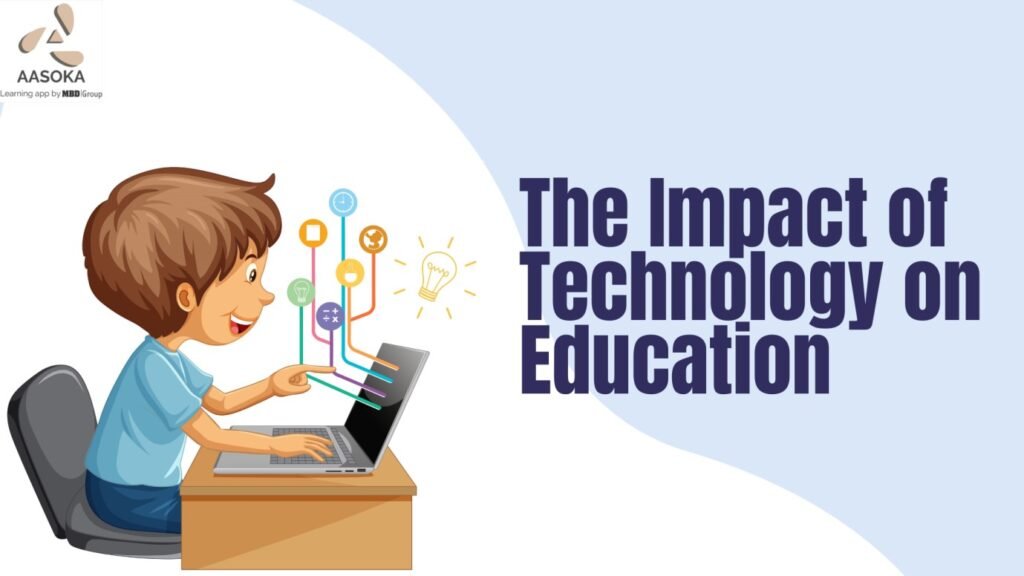Technology: A Double-Edged Sword in the Classroom
Technology has irrevocably transformed the landscape of education. It’s no longer a futuristic concept; it’s the present reality. From interactive whiteboards to virtual classrooms, the digital age has ushered in a new era of learning. But is this transformation entirely positive? Let’s delve into the multifaceted impact of technology on learning.
The Bright Side: Empowering the Modern Learner
- Personalized Learning: Technology enables tailored education, adapting to individual learning styles and paces. Adaptive learning platforms can identify students’ strengths and weaknesses, providing targeted instruction.
- Enhanced Access: Geographical barriers to education are crumbling. Online courses and resources make learning accessible to anyone with an internet connection, democratizing knowledge.
- Interactive Learning: Technology fosters active engagement through simulations, games, and virtual field trips. Students become explorers rather than passive recipients of information.
- Global Collaboration: Technology connects students worldwide, enabling them to collaborate on projects, share perspectives, and develop a global mindset.
- Data-Driven Insights: Educational technology generates valuable data on student performance, allowing educators to track progress, identify areas for improvement, and make informed decisions.
The Shadow Side: Challenges and Considerations
- Digital Divide: Unequal access to technology perpetuates educational disparities, leaving many students behind.
- Distraction and Addiction: Social media and online gaming can divert students’ attention, hindering focus and productivity.
- Reduced Critical Thinking: Excessive reliance on technology can stifle critical thinking and problem-solving skills.
- Privacy Concerns: Data collection and usage raise privacy issues, requiring careful handling to protect student information.
- Teacher Overburden: Integrating technology effectively demands significant time and effort from educators, potentially increasing their workload.
Striking a Balance: A Path Forward
Technology is undoubtedly a powerful tool, but it’s essential to use it wisely. To maximize its benefits while mitigating drawbacks, consider the following:
- Digital Literacy: Equip students with the skills to use technology responsibly and critically.
- Teacher Training: Provide comprehensive training to educators on integrating technology effectively into their classrooms.
- Mindful Integration: Use technology purposefully, aligning it with learning objectives and avoiding excessive reliance.
- Digital Wellbeing: Promote healthy technology habits, emphasizing balance and offline activities.
- Equity and Access: Address the digital divide through initiatives that provide technology and internet access to all students.
The impact of technology on learning is complex and ongoing. It’s a journey filled with both opportunities and challenges. By understanding its multifaceted nature and adopting a balanced approach, we can harness technology’s power to create a brighter future for education.
The Digital Divide: A Barrier to Educational Equity
One of the most pressing challenges in the age of technology-driven education is the digital divide. This chasm separates those with access to computers, reliable internet, and digital literacy from those without. It’s a stark reality that exacerbates existing educational inequalities.
The Consequences of Disconnection
- Limited Access to Resources: Students without internet access are unable to access online learning platforms, educational videos, and virtual libraries. This severely limits their ability to explore subjects in depth and conduct research.
- Reduced Engagement: Technology often makes learning interactive and engaging. Without access, students miss out on stimulating learning experiences that can foster interest and motivation.
- Hindered Collaboration: Online collaboration tools are essential for group projects and peer learning. Students without internet access are excluded from these valuable opportunities.
- Skill Gap: As technology becomes increasingly integrated into the workforce, students without digital literacy skills will find themselves at a significant disadvantage.
Bridging the Gap: Strategies for Equity
- Affordable Internet Access: Governments, internet service providers, and educational institutions must collaborate to provide affordable or free internet access to low-income families.
- Device Provision: Schools and communities should distribute devices like laptops or tablets to students without their own.
- Digital Literacy Programs: Comprehensive digital literacy training should be provided to both students and educators to ensure everyone can effectively use technology.
- Creative Offline Learning: Educators should develop engaging offline learning activities to complement online resources and ensure all students have access to quality education.
- Community Partnerships: Collaborations with libraries, community centers, and technology hubs can provide students with supervised internet access and digital literacy support.
Addressing the digital divide is not merely about providing technology; it’s about creating equal opportunities for all students to succeed in the 21st century. By investing in digital equity, we can unlock the full potential of technology in education and build a more inclusive and just society.
What are your thoughts on the digital divide? How can we work together to bridge this gap and ensure equitable access to education?
